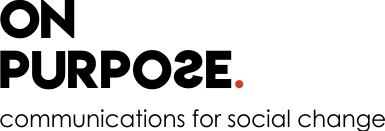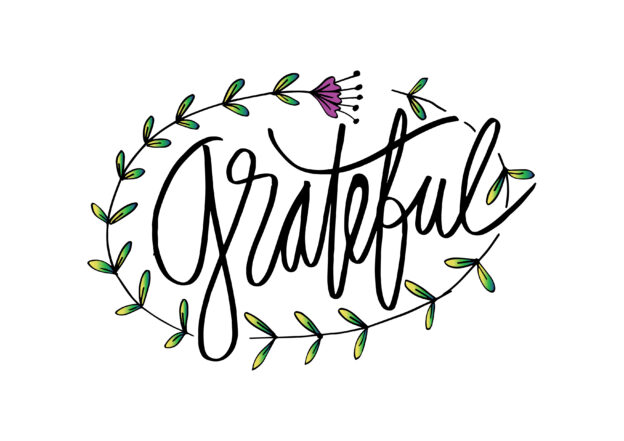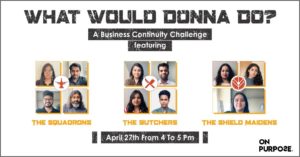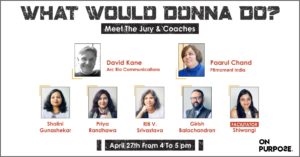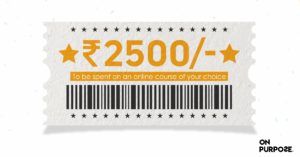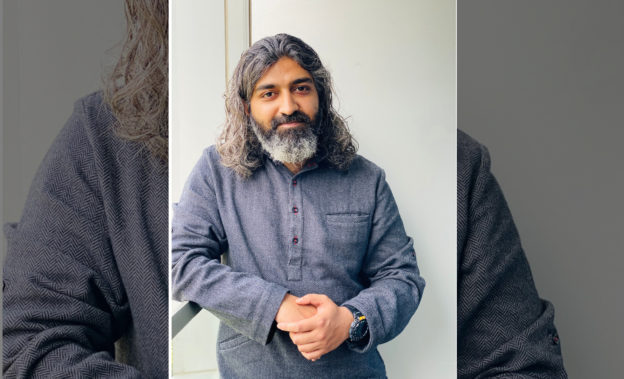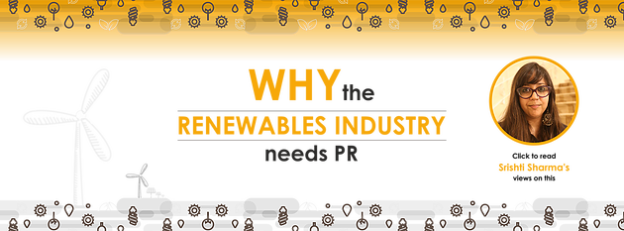We all have been through those ‘dark phases’ at some point in our lives. While some pass in a trice, others stay.
I was diagnosed with depression in 2018. Back then, I thought just a couple of sessions with the therapist would help get my ‘sanity’ back. Clearly, I had no idea how ramified it was. Also, what I was not aware of then was the need to practice habits that helped restore normalcy/ made the healing journey smoother, and further ensured healthy vitals.
With mental illness, every day was a revelation to something I never understood. I realised, ‘I don’t have control’, ‘I am tired’, ‘I don’t feel like doing so and so’ might be mere platitudes for others, but this was the result of ruminations, endless ruminations. Amidst all this, I came across a random post on Instagram on practicing gratitude. What seemed like a futile effort back then turned out to be fruitful. The post talked about maintaining a ‘Gratitude Journal’ year around. Different people cultivate gratitude in various manners. For me, it started with listing 3 things I was grateful for before bunking down for the night.
I would like to clarify here, practicing gratitude didn’t treat my mental illness; it made the journey easier. For someone who persistently had horrid thoughts and that awful feeling in the pit of the stomach, it indeed brought about a change and much-needed positive emotions. I remember my mother telling me once, “Why be grateful only during momentous occasions? Why not practice it daily for something as simple as helping someone out?”
I can keep yapping about how this simple technique has helped magnify the positive emotions during trying times but let me mention just the vital things it brings along and why I consider it essential for people battling mental illness.
-
- Gratitude helps you celebrate life– Being grateful for the most minor things helps us actively participate in life. Recalling ordinary moments of gratitude magnifies the pleasure and changes the way we perceive situations.
- It has a social aspect to it– Building the habit of being grateful takes time. Once you are at it, you automatically start sharing your gratitude with others. Acknowledging the role others play in your life nourishes relationships that often get wrecked due to depression. Also, the affirmation of goodness can help someone build the habit.
- Counting kindness- This simply means to be kind to your own self. Even for something as trivial as having the meals on time, complimenting the self can be a mood enhancer. This simple habit goes a long way in improving overall body functions.
- Increased sense of self-worth- Cultivating gratitude forces you to pay attention to your positive aspects and nourish it well. It naturally helps heighten self-worth.
This practice has helped me to pause when needed and be kind to myself and others. On certain days, I am just grateful for being able to breathe without choking myself and on certain days, it’s a long list. I can not say I am out of a dark phase, but I indeed have started feeling the right way.
Written by Uttirna Gnanadipta
